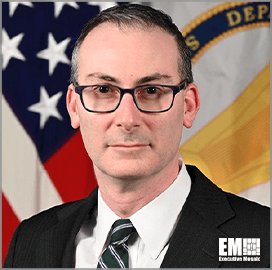Jeff Trauberman, vice president of strategy, analysis and government engagement at Velos, has spent over 30 years in the space industry. Before joining the company earlier this year, he held leadership roles at Virgin Orbit and Boeing.
Trauberman recently participated in an interview with the Potomac Officers Club in which he shared his thoughts on the evolving space market and highlighted his leadership strengths.
In this excerpt from the interview, Trauberman discusses how changes in the private sector space realm have transformed the federal space acquisition landscape:
“We are now seeing a significant expansion of smaller start-ups seeking to provide more rapid, agile capabilities and new technologies to federal customers in competition with large primes. This shift is fueled by the accelerated growth in the commercial, non-governmental markets for capabilities that were previously driven by the federal sector, such as unmanned aircraft, space systems and information technology. These market trends have enabled federal customers to obtain many new capabilities more quickly and affordably, but it has really challenged the acquisition system and program managers to adapt.”
For more of Trauberman’s insights, read the full Executive Spotlight interview on the Potomac Officers Club website.
POC members have the opportunity to participate in their very own Executive Spotlight interview. To browse our membership options and unlock the full range of benefits POC has to offer, click here.
















